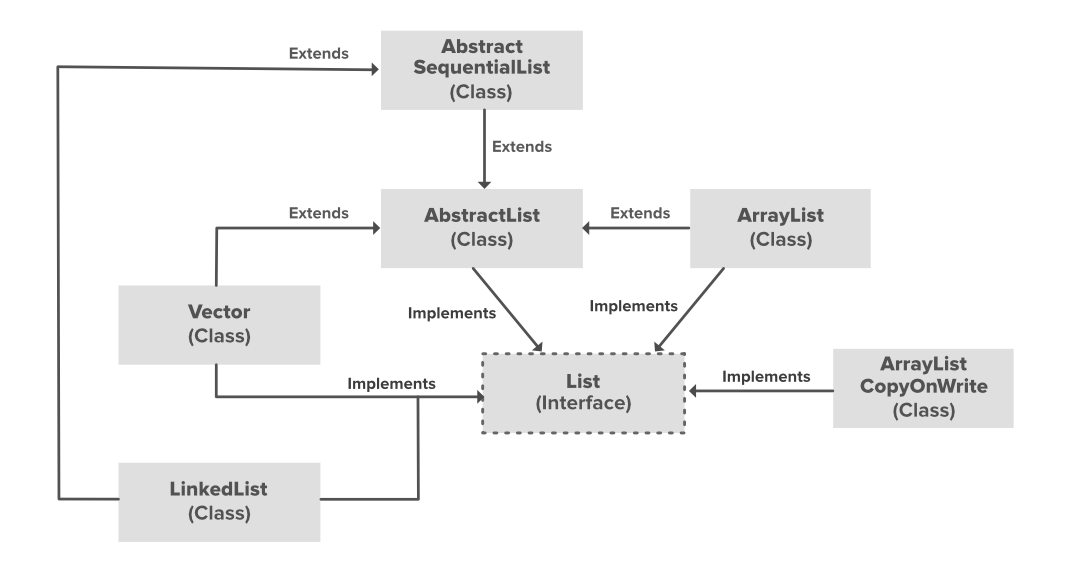

And even if you clear this list later, the internal array will not shrink. Here comes a catch: if you never add more elements to this ArrayList, 9 out of 10 slots in the elementData array will stay empty. To avoid resizing the array every time a new element is added, it is created with length 10 ("default capacity"). Once you add the first element to the list, a real, unique elementData array is created, and the provided object is inserted into it. invoke new ArrayList(), elementData is set to point to a singleton shared zero-size array ( elementData could as well be set to null, but a singleton array provides some minor implementation advantages). When you create an ArrayList with the default constructor, i.e. That's where the elements of the list are stored.


Internally each ArrayList maintains an Object elementData array. And, as it turns out, most of the collections are not very sophisticated when it comes to optimizing memory footprint.Ĭonsider, for example, one of the simplest and most popular collection classes:. Their source code comes with the JDK, so you can open it in your IDE. But did you ever consider whether all of the collections in your app use memory optimally? To put it differently: if your Java application crashed with the infamous OutOfMemoryError or experienced long GC pauses - did you check its collections for memory waste? If your answer is "no" or "not sure", then read on.įirst, note that the internals of JDK collections are not magic. Collections are indispensable for in-memory data storage and manipulation. If you look at a memory snapshot of a typical big Java app, you will see thousands or even millions of instances of, , etc. JDK collections are the standard library implementations of lists and maps.


 0 kommentar(er)
0 kommentar(er)
